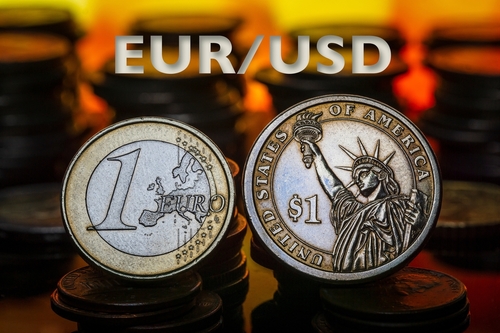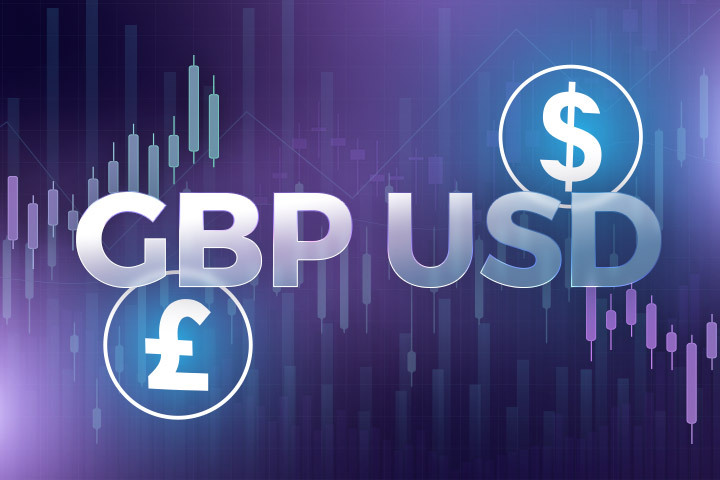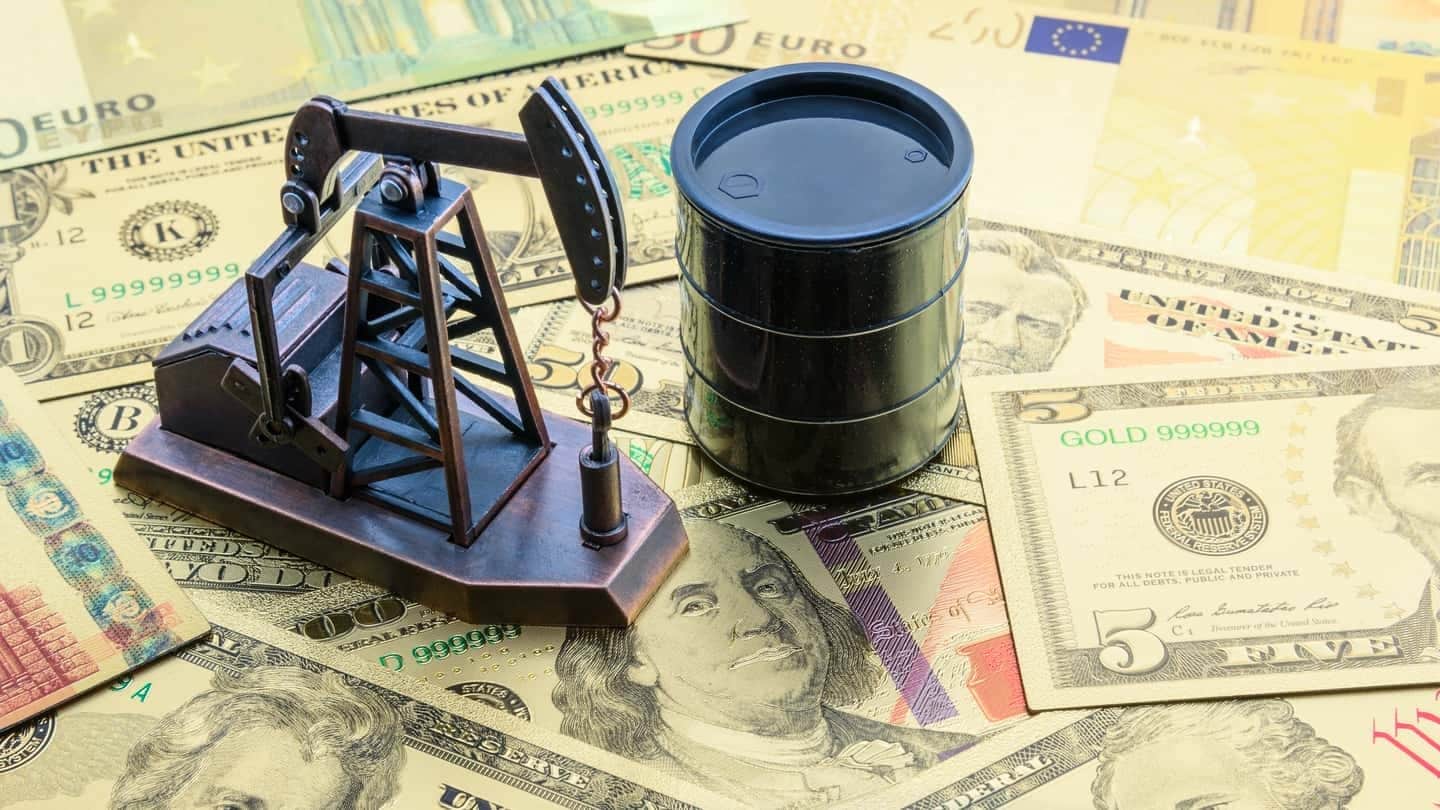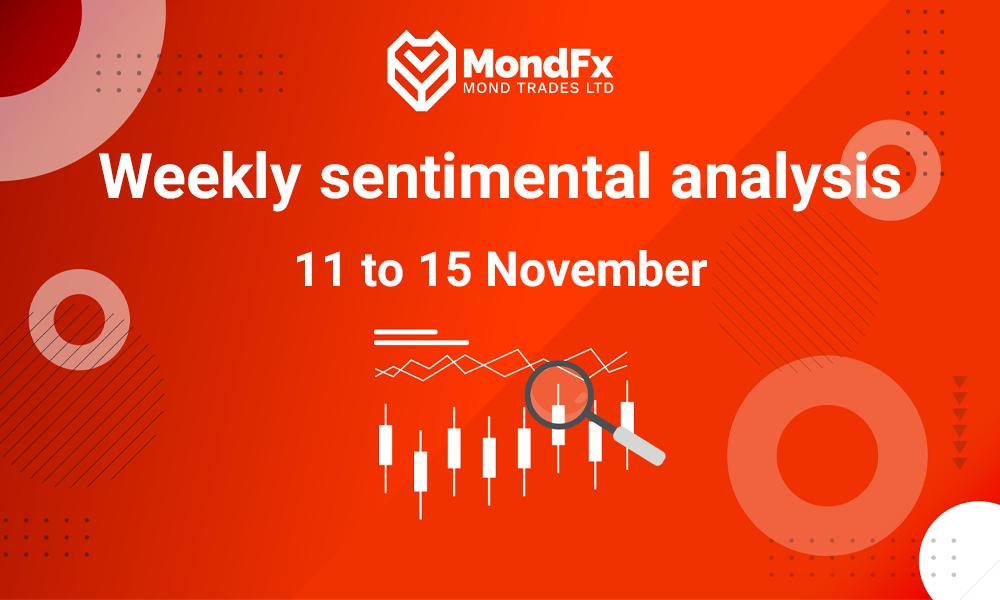
The Gold
Last week was one of the most important weeks for financial markets, bringing multiple key data releases. After Donald Trump’s victory and the strengthening of the dollar alongside the rise in U.S. bond yields, gold experienced its largest single-day loss of the year, dropping by 3%. Meanwhile, the Federal Reserve, as expected, reduced interest rates by 25 basis points and maintained a balanced outlook regarding inflation and employment risks.
Jerome Powell showed that the election results would not affect short-term monetary policy. This, combined with a slight decline in bond yields, allowed gold to recover some of its weekly losses. The key data for this week, the CPI report, will set the direction for gold.
However, increasing speculation about the resilience of the economy and a strong labor market is raising doubts about the possibility of further rate cuts in December. Currently, according to the CME Group’s FedWatch tool, the probability of keeping rates unchanged in December is slightly above 11%.
Historically, when the real 10-year interest rate approaches zero, gold prices tend to rise, while they decrease with higher rates. With the expected positive economic data, the dollar and bond yields could maintain their gains, putting pressure on gold and increasing the risk of short-term sell-offs.
From a technical perspective, gold is in a correction phase, though a clear bearish trend has yet to emerge. If XAU/USD fails to rise above $2,750, a bearish sentiment may develop with $2,640 as the next target before confirming a new downward trend.

The Euro
In its latest trading recommendation, MUFG analysts have advised selling the EUR/USD pair. According to this analysis, MUFG expects the euro to continue to decline against the U.S. dollar. This forecast is based on the likelihood that, after taking office in early 2025, Donald Trump will impose higher tariffs on imports from the European Union.
Analysts suggest that such a policy could negatively impact the economic growth of the Eurozone, which has recently been on a recovery path due to falling energy prices and the effects of the war in Ukraine.
On the other hand, the first term of Donald Trump’s presidency showed that his policies could be relied upon. Thus, a bullish pullback in the EUR/USD pair is seen as an excellent opportunity to open short positions with targets at 1.06 and 1.05.
Additionally, MUFG predicts that the European Central Bank (ECB) may cut interest rates more than expected, as inflation in the Eurozone approaches its target.
However, ECB member Knot expressed optimism about the growth outlook for the Eurozone. According to Knot, while increased trade barriers will create more economic risks, predicting the next shock to the financial system is not possible.
Meanwhile, Jerome Powell’s speech on November 7, stating that the second term of the Republican Party will have no impact on the Federal Reserve’s short-term decisions, contributed to the EUR/USD pullback. Powell emphasized that the Federal Reserve is not in the business of speculating about the impact of a new government on the economy. Instead, decisions are made based on facts and data.
In the coming months, markets are likely to remain uncertain, trying to gauge whether Trump’s policies align with his bold statements.

The Pound
The Bank of England (BoE) cut interest rates for the second time this year but warned that Prime Minister Rishi Sunak’s budget could lead to inflation rising by up to half a percentage point. Andrew Bailey, speaking at a press conference after the meeting, emphasized that the central bank must ensure inflation remains close to its target, as it cannot reduce interest rates too quickly or too much. This was the first meeting of a major central bank following Donald Trump’s re-election, with the meeting notes indicating limited mentions of the risk of a trade war resurgence.
BoE policymakers have factored in the effects of the recent budget, raising their inflation and economic growth forecasts. Andy Haldane, the BoE’s Chief Economist, stated that if inflation continues to decrease, further rate cuts could be possible.
These predictions, along with rising wages and an increased need for government borrowing following the Labour Party’s budget proposals, add complexity to the central bank’s policy stance, making speculation on the path of rate cuts more challenging.
In the week ahead, key labor market data and an initial estimate of third-quarter GDP will provide more insight into the UK’s economic condition. Statistics related to average earnings and employment changes are expected to clarify the labor market trends. The GDP is forecasted to grow by 0.2% quarter-on-quarter. If these figures exceed expectations, they could support a strengthening of the pound against the dollar, signaling resilience in the UK economy. On the other hand, disappointing data could put additional pressure on the pound, potentially pushing it below $1.29, and increasing concerns over a prolonged economic recession.

The Oil
On Friday, Texas crude oil futures dropped by 2.7%, settling at $70.38 per barrel. Part of this decline was due to reduced concerns over supply disruptions from Hurricane Rafael in the Gulf of Mexico, as well as renewed pessimism surrounding China. Despite this, WTI oil experienced a 3% weekly gain.
Oil prices remain under pressure from concerns about weak demand from China, the world’s largest oil importer. China’s oil imports decreased for the sixth consecutive month in October, heightening demand concerns. Meanwhile, U.S. fuel inventories are rising, and OPEC+ plans to return 2.2 million barrels per day of production cuts to the market starting in January, adding 180,000 barrels per day to the market for the next year.
In addition, Trump’s plans to reinstate his maximum pressure campaign against Iran have attracted attention, with a focus on increasing sanctions and limiting Iran’s oil exports.
Meanwhile, due to production disruptions caused by Hurricane Rafael, which continues to affect output in the Gulf of Mexico, natural gas prices are rising. Given the conflicting factors at play, the global economic outlook remains uncertain.
In the short term, there is little data supporting an increase in crude oil prices, while the expected strength of the dollar could act as a negative factor for prices. However, geopolitical conditions, particularly heightened risks in the Middle East, cannot be ignored.
From a technical perspective, we predict a slow bearish trend, with $69 and $67 acting as the first and second levels of support.

